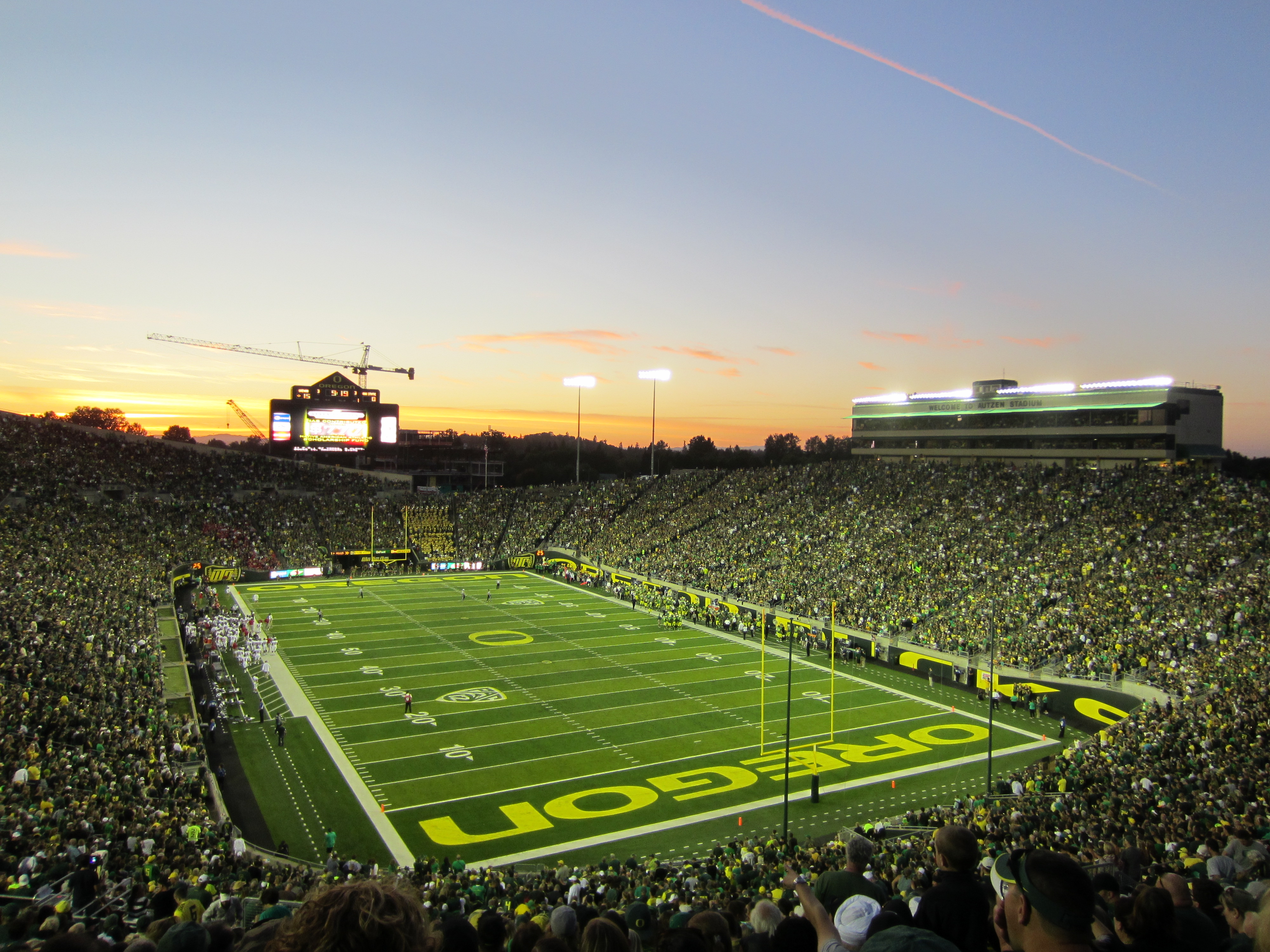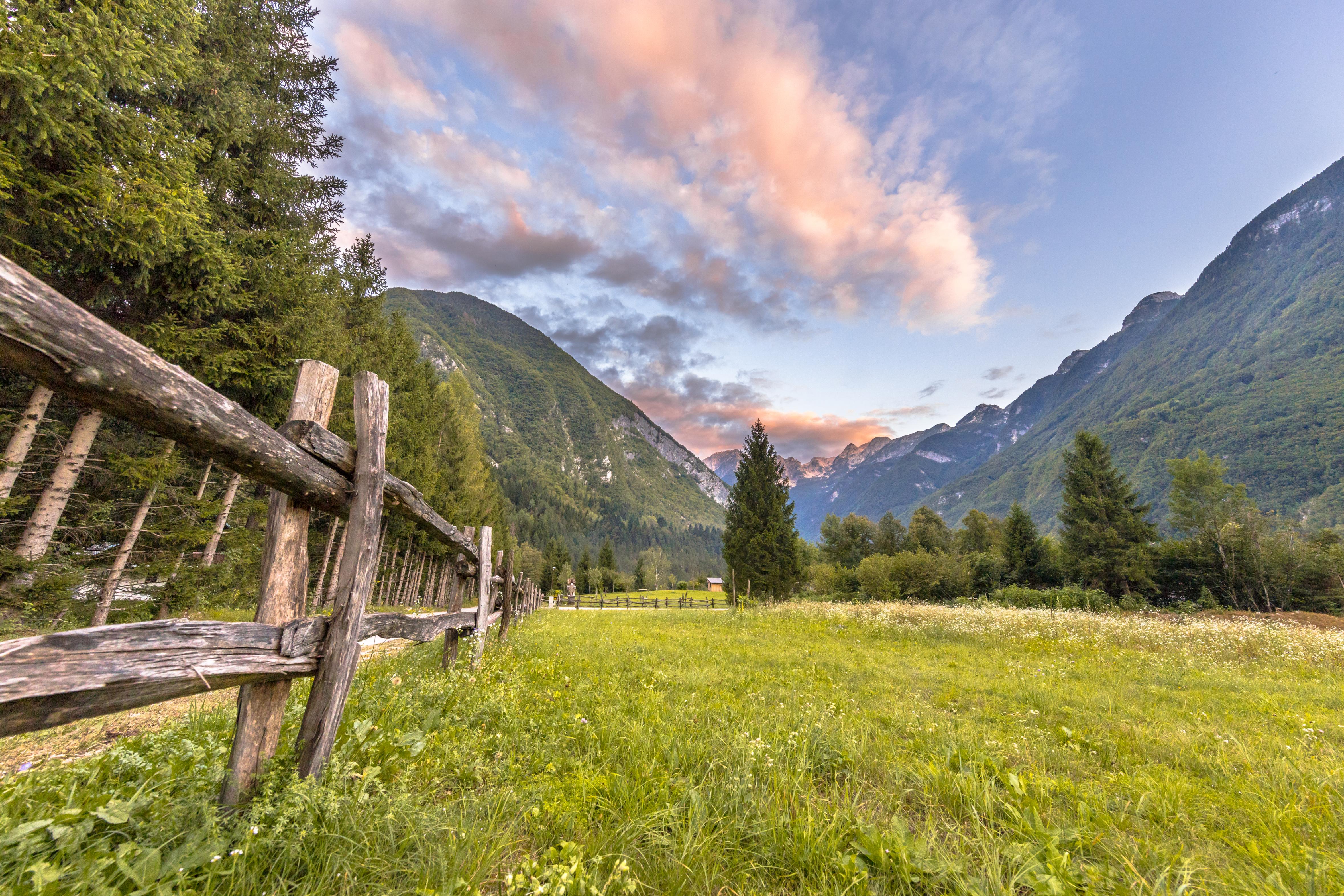Stunning Landscapes That Look Like Another Planet
You don’t need a rocket to feel like you’ve left the planet. Scattered across Earth are places so surreal, so visually arresting, they could pass for the surface of Mars or the backdrop of a sci-fi film. These aren’t fantasy—they’re real, natural wonders shaped by volcanic fury, mineral-rich waters, and time itself. From bubbling lava lakes to endless salt flats that blur the line between sky and ground, these 13 landscapes stretch the limits of what we expect Earth to look like. They’re remote, extreme, and often eerily quiet—reminding us that the strangest, most breathtaking worlds might not be light-years away, but hiding in plain sight. Whether you’re a scientist, an adventurer, or simply someone who dreams beyond the ordinary, this journey will take you to the far reaches of our planet—where Earth feels delightfully alien, and every step sparks a sense of cosmic wonder.
1. Salar de Uyuni: The Mirror of the Sky
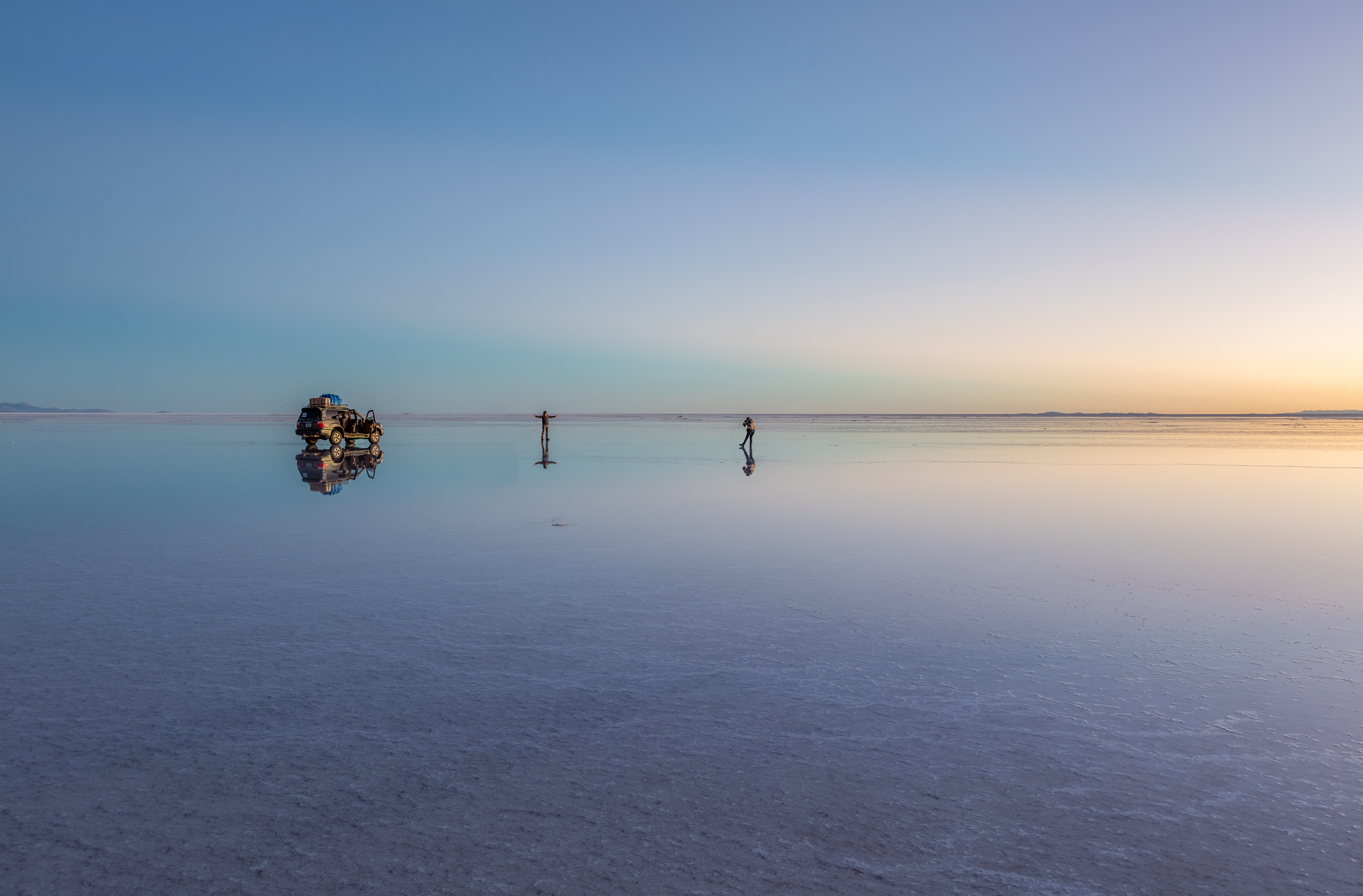
Nestled high in the Andes of Bolivia, Salar de Uyuni is the world's largest salt flat, spanning over 10,000 square kilometers. During the rainy season, a thin layer of water transforms this vast expanse into a giant mirror, reflecting the sky with surreal clarity. This natural wonder, formed from prehistoric lakes that evaporated long ago, creates an endless horizon where earth and sky merge seamlessly. The flat's crusty surface is composed of hexagonal salt tiles, a result of the natural crystallization process. Scientists study Salar de Uyuni for its lithium-rich brine, crucial for battery technology, while tourists flock to experience its ethereal beauty, often feeling as if they've stepped onto another planet.
2. The Painted Desert: A Canvas of Colors
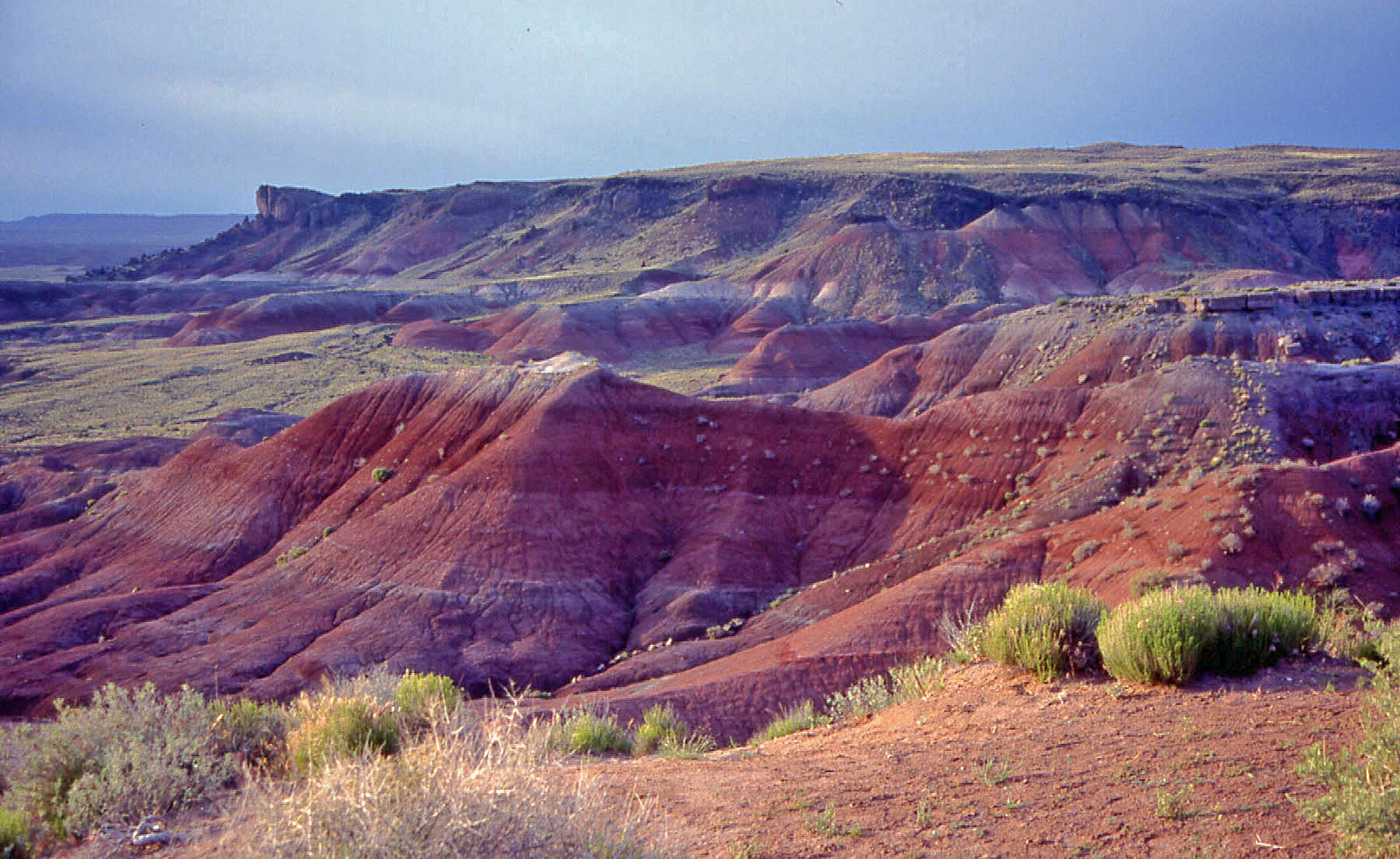
Stretching across northern Arizona, the Painted Desert is a mesmerizing tapestry of colors, where vibrant hues of red, orange, pink, and purple paint the arid landscape. These striking colors are the result of ancient volcanic ash and minerals deposited over millions of years. The desert's name is inspired by the dynamic interplay of light and shadow, which constantly shifts the colors of the terrain. This region, part of the larger Colorado Plateau, offers a glimpse into Earth's geological past, with its stratified rock layers serving as a record of environmental changes. The Painted Desert's beauty and unique geology make it a prime example of how Earth's natural processes can create alien-like landscapes.
3. The Danakil Depression: Earth's Hottest Place
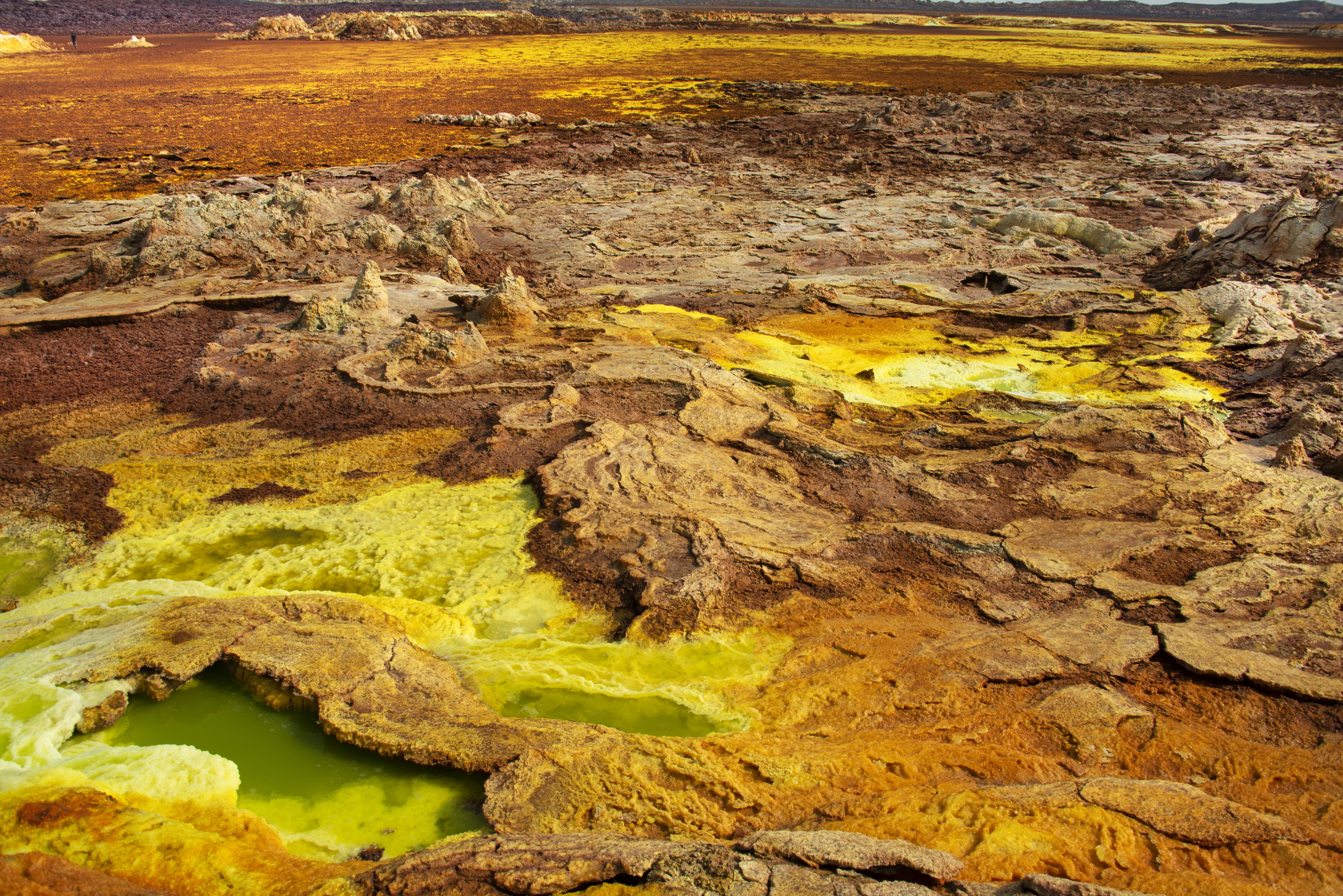
Located in northeastern Ethiopia, the Danakil Depression is one of the hottest and most inhospitable places on Earth, with temperatures often exceeding 50 degrees Celsius. This geological depression lies at the junction of three tectonic plates, making it a hotspot for volcanic activity. The landscape is characterized by its acidic sulfur pools, salt flats, and active volcanoes, such as the continuously erupting Erta Ale. The vibrant colors of the sulfuric springs, ranging from neon green to bright yellow, create a surreal, Martian-like environment. Despite its harsh conditions, the Danakil Depression is home to extremophiles—organisms that thrive in extreme environments—providing valuable insights into the potential for life on other planets.
4. Zhangjiajie National Forest Park: Floating Mountains
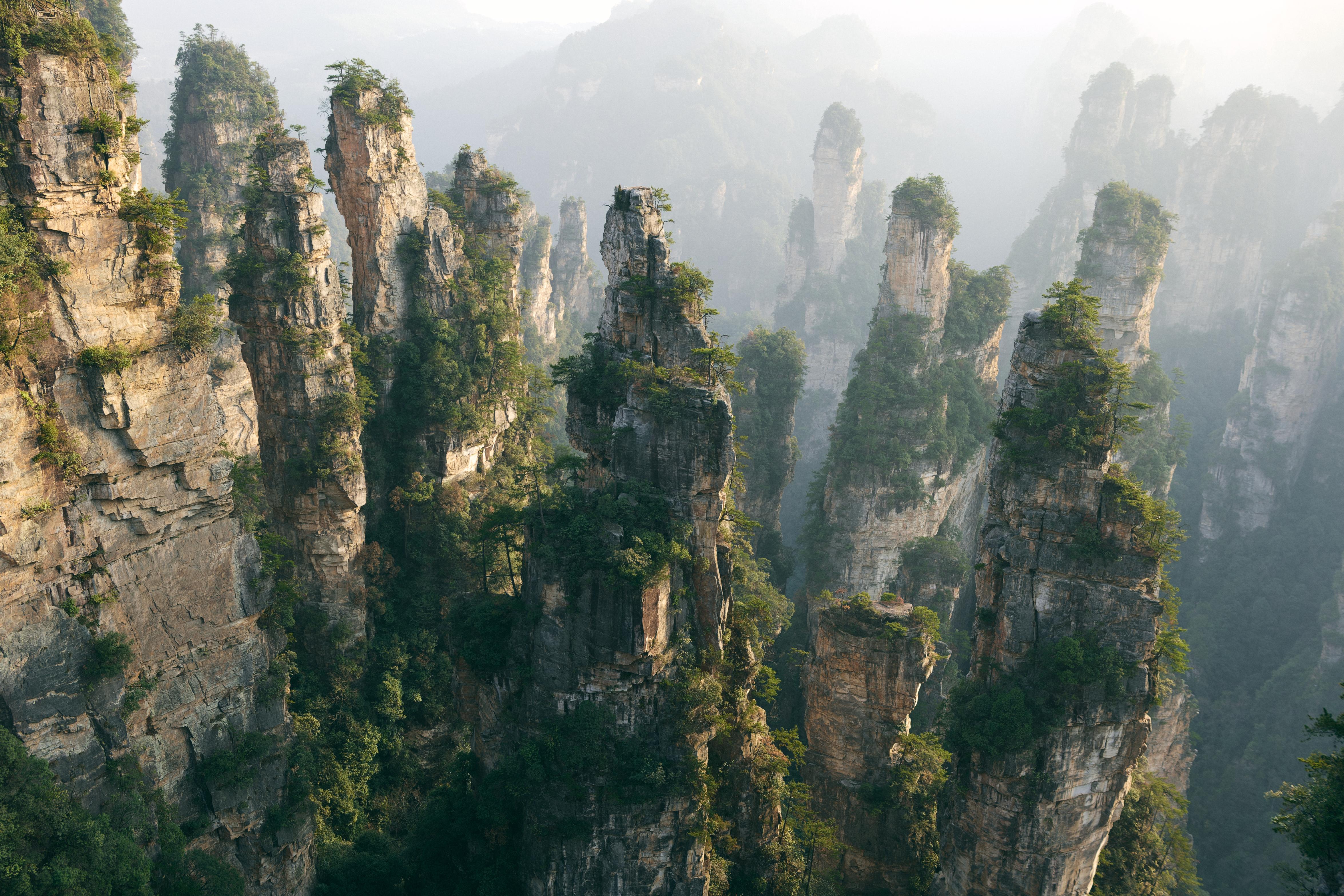
In China's Hunan Province, Zhangjiajie National Forest Park is famous for its towering sandstone pillars that rise dramatically from the forest floor. These unique formations, some over 200 meters tall, are the result of millions of years of erosion. The park's ethereal beauty inspired the floating Hallelujah Mountains in the movie "Avatar." Shrouded in mist, the pillars appear to float, creating an otherworldly atmosphere. The region's diverse ecosystem, with its rich flora and fauna, adds to the park's allure. Visitors often describe the experience as stepping into a dreamscape, where nature's artistry is on full display, offering a glimpse into what alien landscapes might look like.
5. The Giant's Causeway: A Geological Marvel
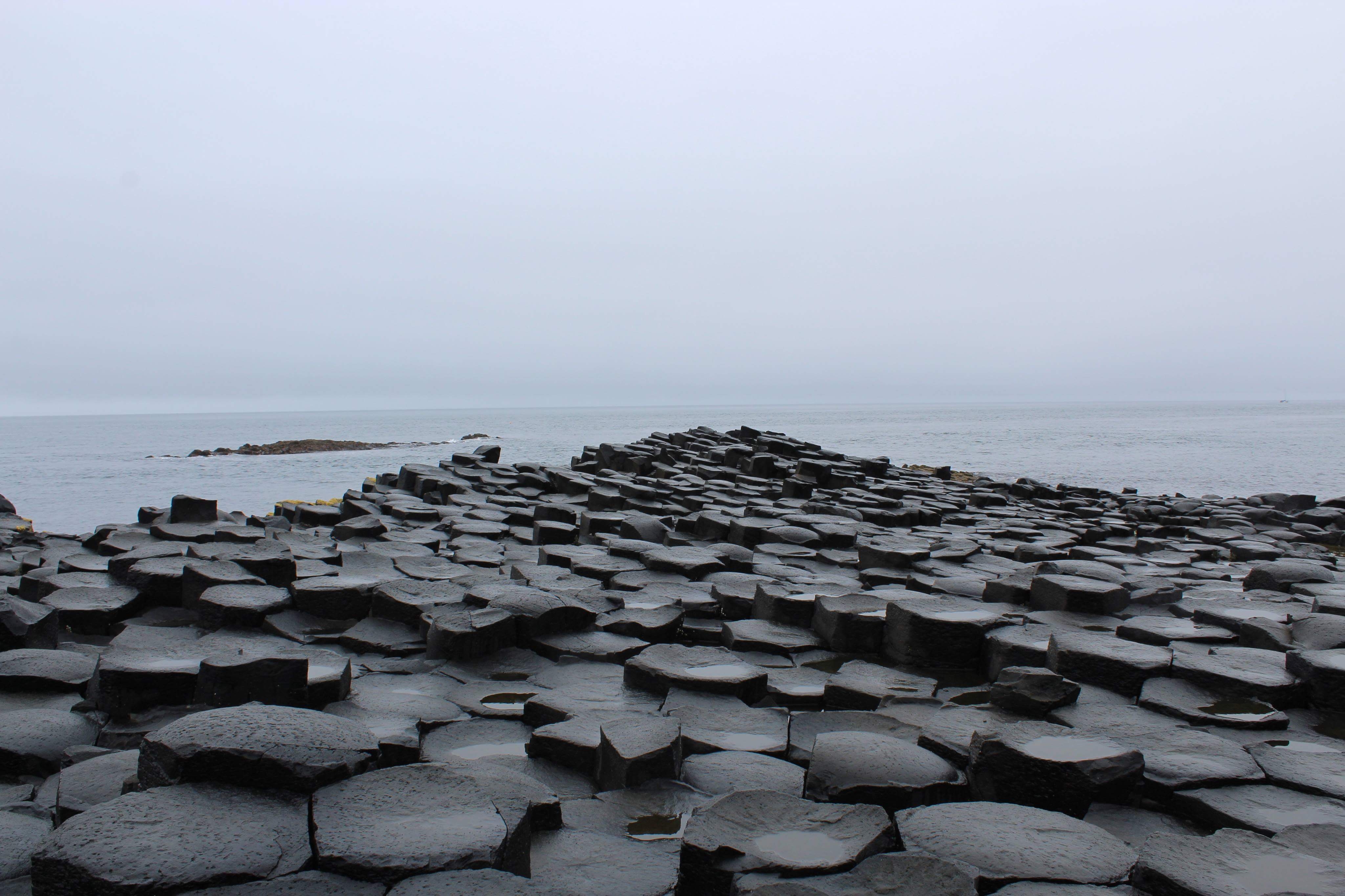
Along the coast of Northern Ireland lies the Giant's Causeway, a UNESCO World Heritage Site renowned for its unique geological formations. Comprising approximately 40,000 interlocking basalt columns, the causeway was formed by ancient volcanic activity. As the lava cooled rapidly, it contracted and cracked, creating the hexagonal shapes that define the landscape. Local legend attributes the formation to the mythical giant Finn McCool, adding an element of folklore to the site's allure. The causeway's dramatic coastal setting, with waves crashing against the columns, enhances its otherworldly feel. This natural wonder serves as a testament to the power of Earth's geological forces and the alien-like beauty they can create.
6. Socotra Island: The Galápagos of the Indian Ocean
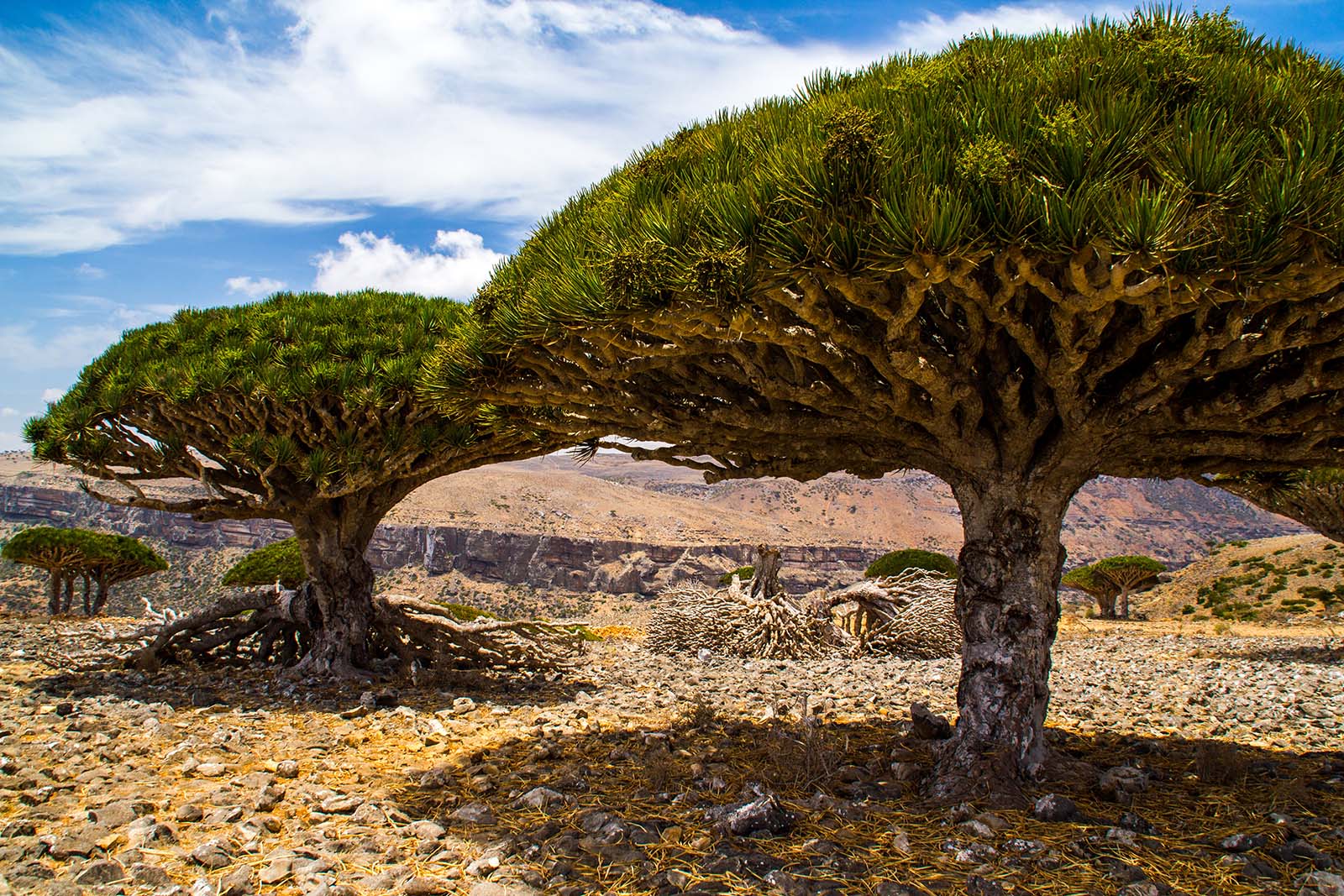
Socotra Island, located off the coast of Yemen, is often referred to as the "Galápagos of the Indian Ocean" due to its unique biodiversity. The island's isolation has led to the evolution of plant species found nowhere else on Earth, such as the iconic Dragon's Blood Tree, with its umbrella-shaped canopy and red sap. The landscape is a blend of rugged mountains, limestone plateaus, and white sandy beaches, creating a striking contrast against the azure waters. Socotra's alien-like flora and fauna, coupled with its dramatic scenery, make it a natural wonder that feels like a world apart. Conservation efforts are crucial to preserving its unique ecosystems, which offer insights into the adaptability of life in isolated environments.
7. The Atacama Desert: A Martian Landscape
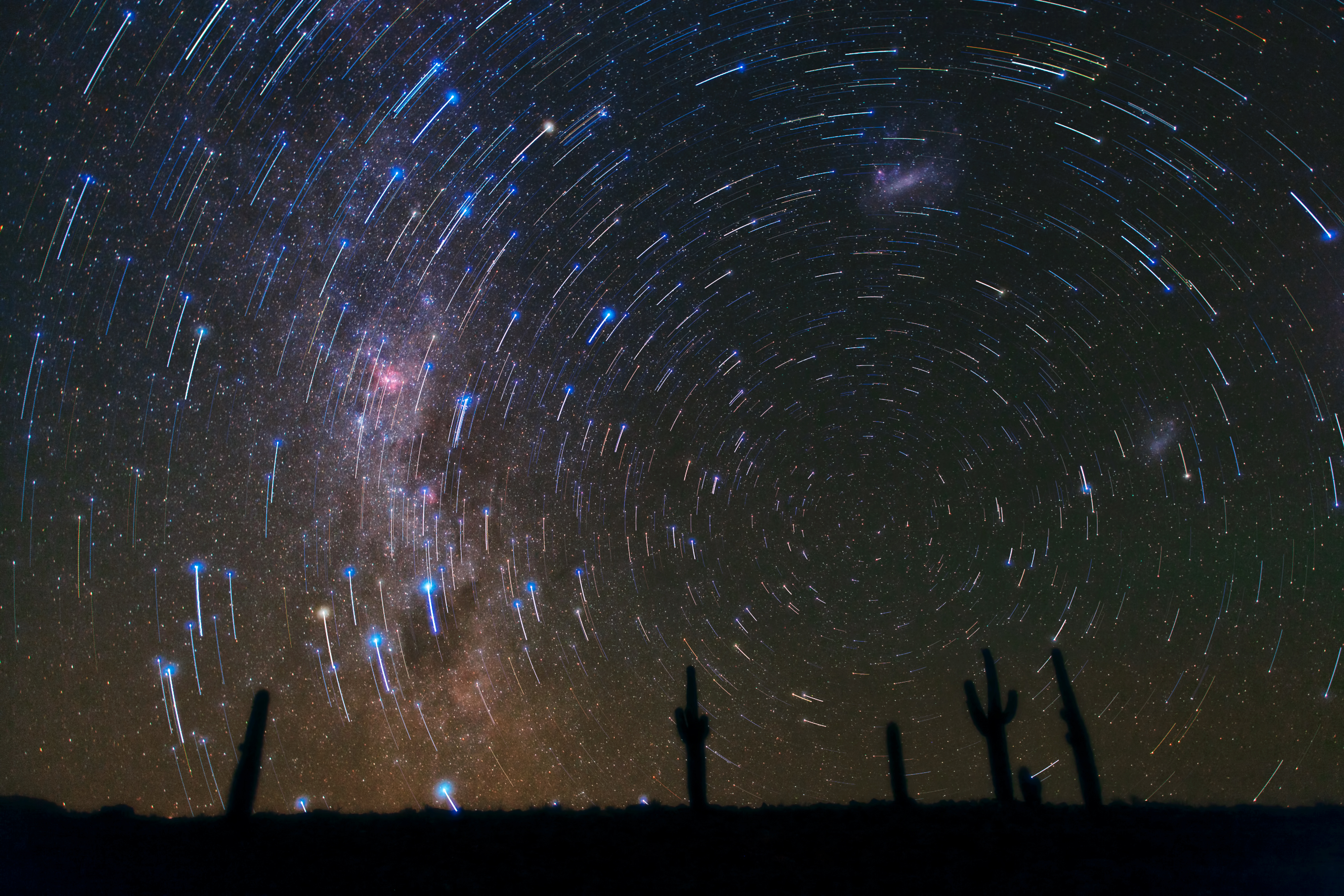
The Atacama Desert in Chile is one of the driest places on Earth, with some areas receiving no rainfall for hundreds of years. Its barren, rocky terrain, dotted with salt flats and geysers, closely resembles the surface of Mars. The desert's high altitude and clear skies make it an ideal location for astronomical observatories, offering unparalleled views of the cosmos. The Atacama's extreme conditions provide a natural testing ground for scientists studying life's potential on Mars, with astrobiologists examining microbial life that survives in this harsh environment. The desert's stark beauty and resemblance to Martian landscapes make it a place of both scientific inquiry and awe-inspiring wonder.
8. Pamukkale: The Cotton Castle
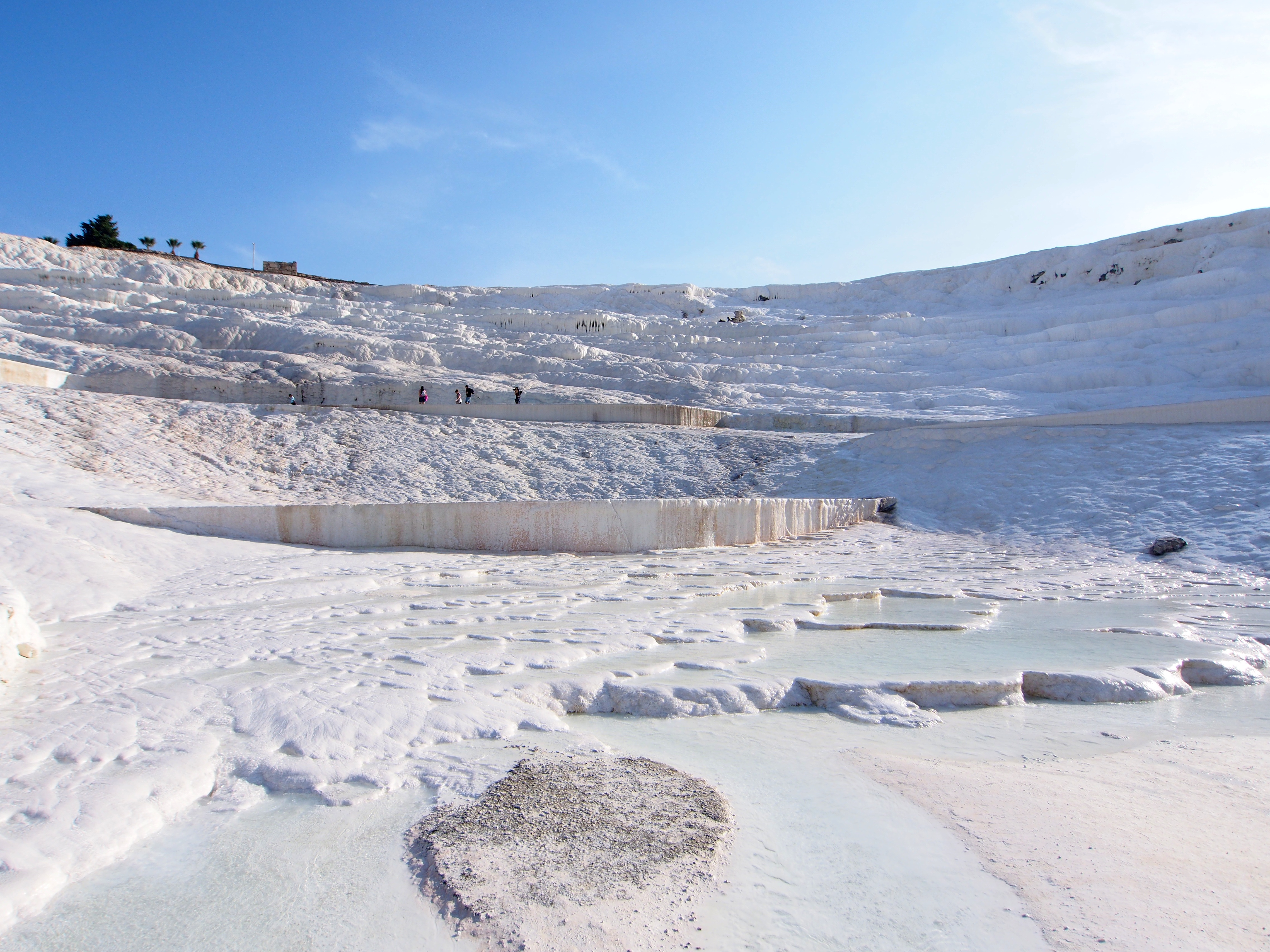
In southwestern Turkey, Pamukkale, meaning "Cotton Castle," is a natural wonder famous for its terraces of white travertine, formed by mineral-rich thermal waters cascading down the mountainside. These terraces resemble a frozen waterfall, with pools of turquoise water adding to the surreal beauty. The site has been a spa destination since Roman times, with the ancient city of Hierapolis located nearby. Pamukkale's unique geology and historical significance make it a UNESCO World Heritage Site, drawing visitors from around the world. The ethereal landscape, with its stark contrast between the white terraces and the blue sky, evokes visions of an alien world sculpted by water and time.
9. The Wave: Nature's Sandstone Masterpiece
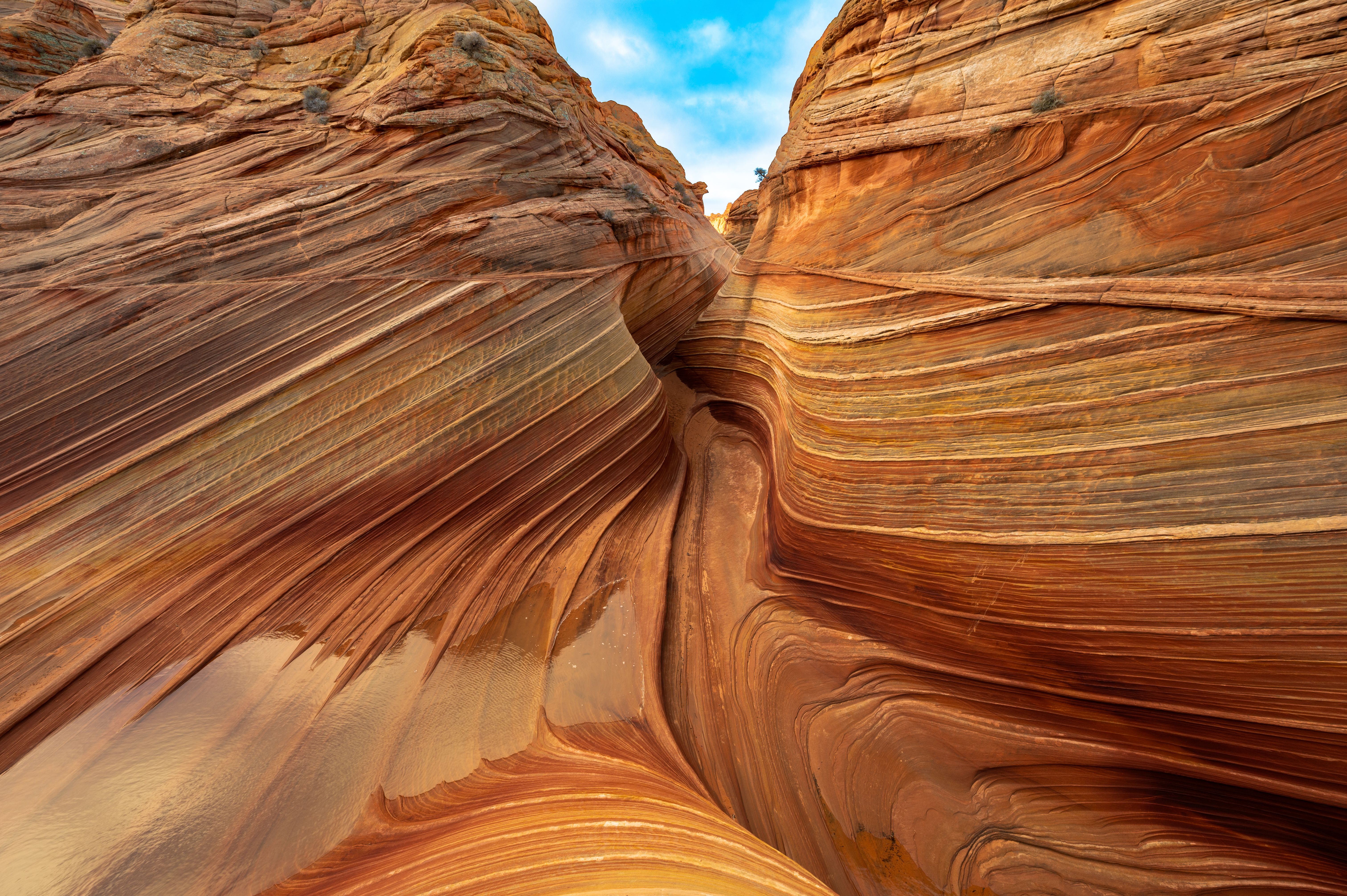
Hidden within the Coyote Buttes of Arizona, The Wave is a stunning sandstone formation known for its undulating, wave-like patterns. These intricate designs were carved over millions of years by wind and rain, creating a natural work of art. The Wave's vibrant colors, ranging from deep reds to soft yellows, shift with the changing light, creating a dynamic and mesmerizing display. Access to this fragile landscape is limited to preserve its delicate beauty, making it a coveted destination for photographers and hikers. The Wave's surreal appearance and the sense of wonder it inspires make it a perfect example of how Earth's natural forces can create landscapes that seem to belong to another planet.
10. Mount Roraima: The Lost World
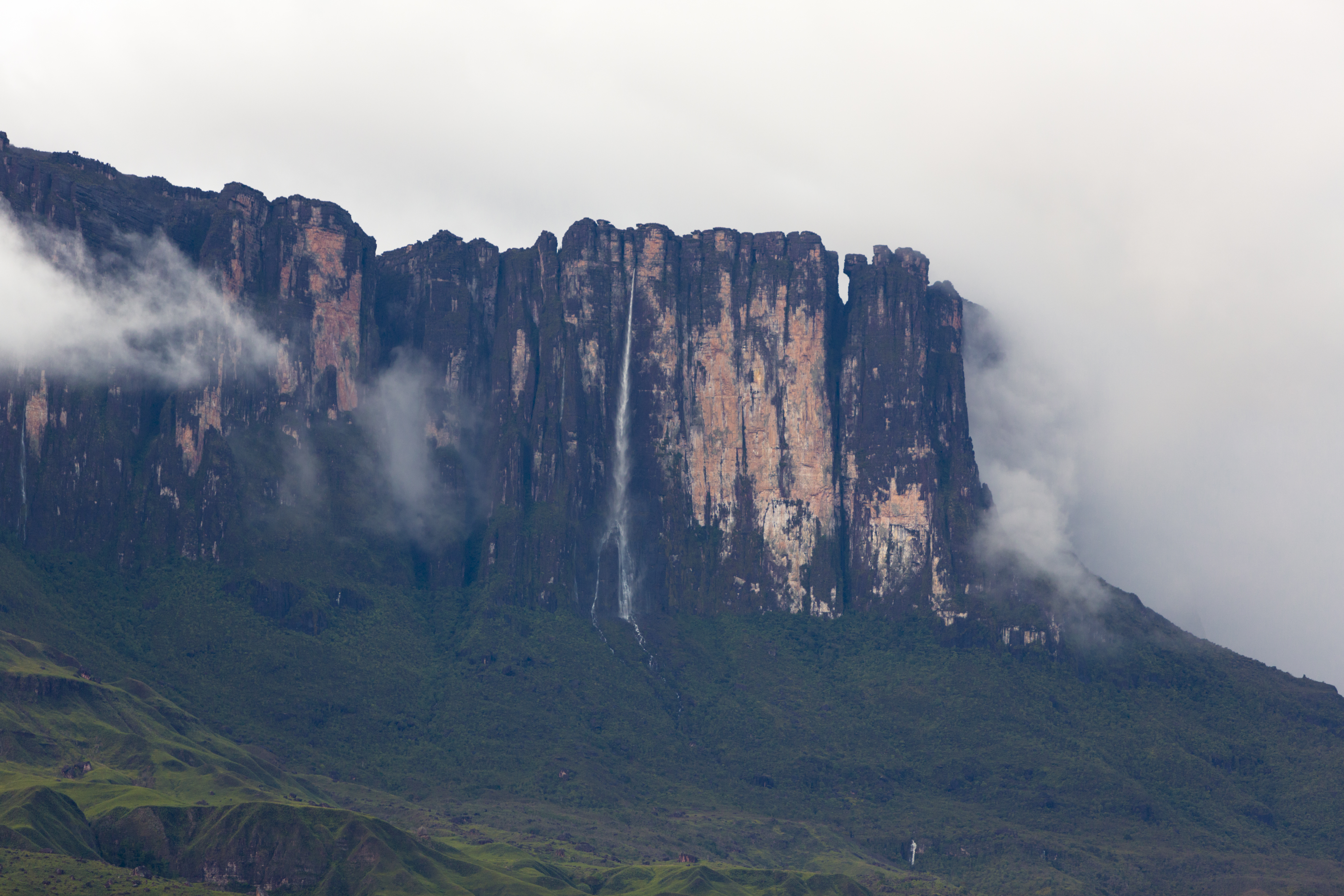
Straddling the borders of Venezuela, Brazil, and Guyana, Mount Roraima is a flat-topped mountain, or tepui, that rises dramatically from the surrounding rainforest. Its sheer cliffs and unique ecosystem inspired Sir Arthur Conan Doyle's novel "The Lost World." The summit is home to rare plant and animal species found nowhere else on Earth, thriving in the isolated, cloud-covered environment. The mountain's otherworldly appearance and the mystery of its hidden summit have captivated explorers and scientists alike. Mount Roraima's distinct geology and biodiversity offer a glimpse into a world that feels untouched by time, evoking the sense of wonder often associated with distant planets.
11. Antelope Canyon: Light and Stone
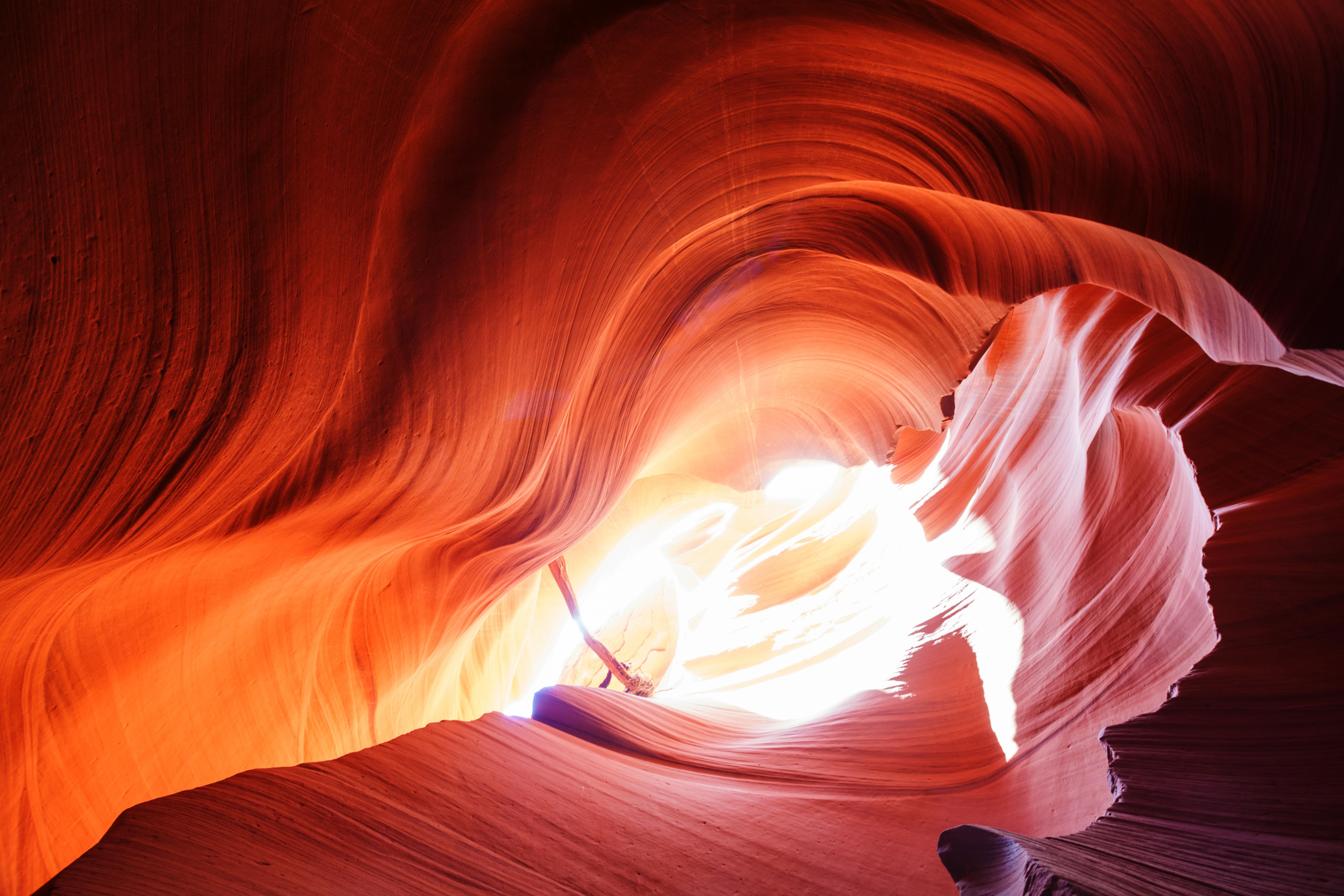
Antelope Canyon, located in Arizona, is a slot canyon known for its stunning play of light and shadow. Carved by flash floods over thousands of years, the canyon's narrow passageways and swirling sandstone walls create a surreal and intimate environment. Sunlight filters through the narrow openings above, casting beams of light that dance across the canyon floor, illuminating the rich reds and oranges of the stone. This natural light show transforms the canyon into a living piece of art, with each moment offering a new perspective. Antelope Canyon's ethereal beauty and the sense of wonder it evokes make it a place that feels as if it belongs to another world.
12. Lake Natron: The Petrifying Lake
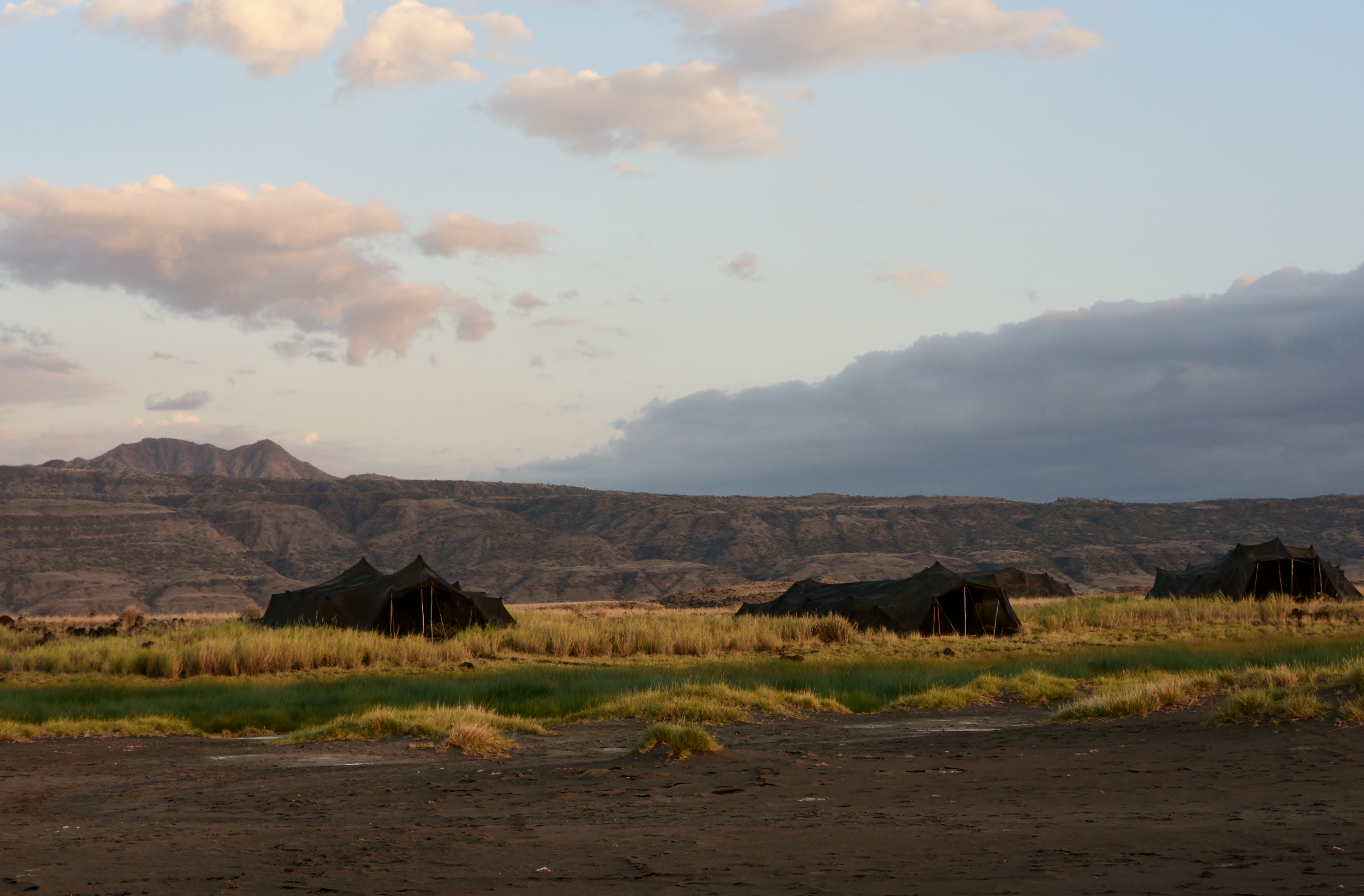
In northern Tanzania, Lake Natron is a unique body of water known for its extreme alkalinity and high temperatures. The lake's vivid red and orange hues are caused by salt-loving microorganisms and algae that thrive in its harsh conditions. The high pH levels can calcify animals that come into contact with the water, giving the lake its reputation as a "petrifying" body of water. Despite its inhospitable nature, Lake Natron is a vital breeding ground for flamingos, which feed on the lake's algae. The stark contrast between the lake's eerie beauty and its life-sustaining role highlights the delicate balance of ecosystems that can exist in seemingly alien environments.
13. The Pinnacles Desert: Stone Forests
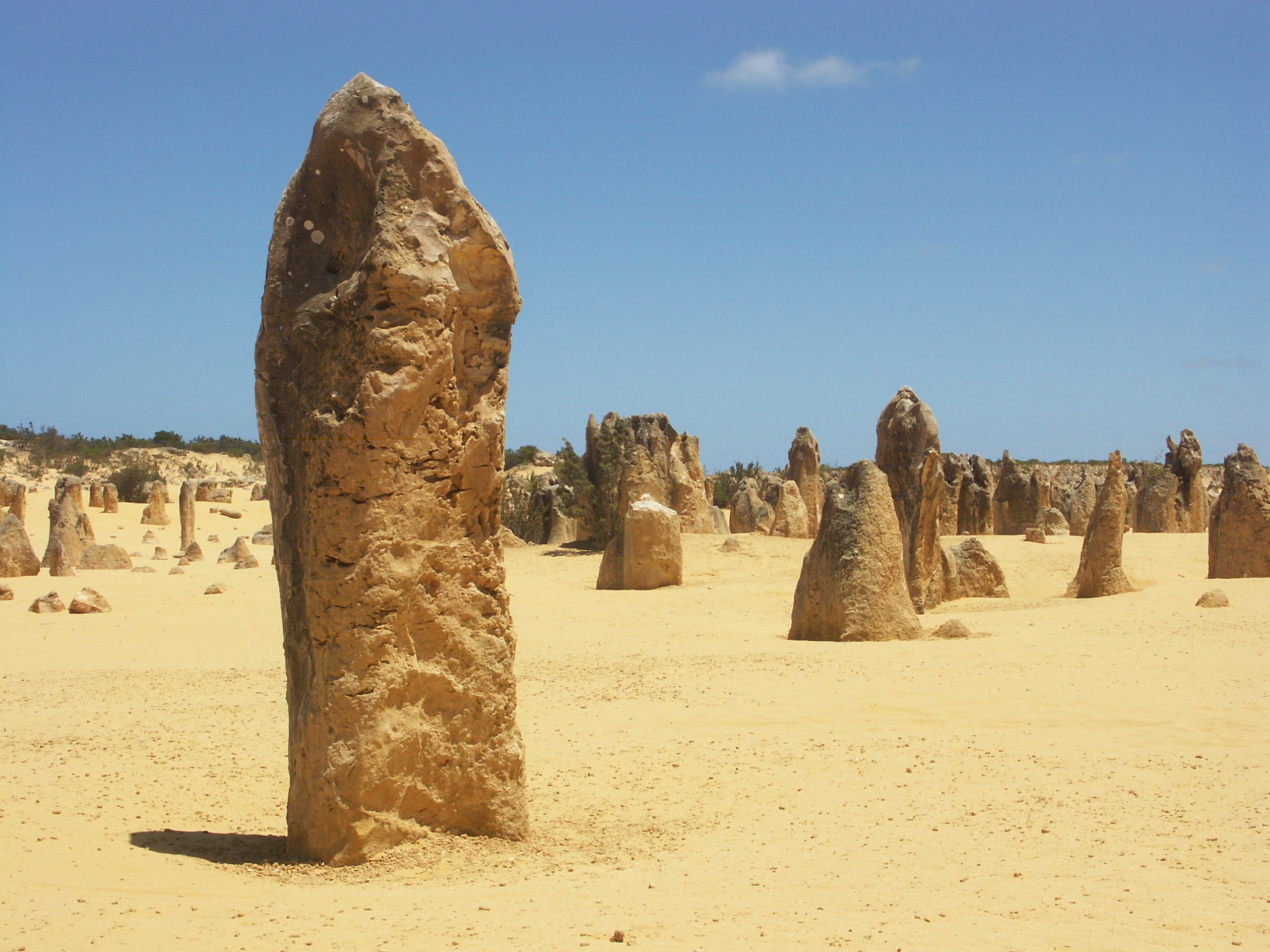
The Pinnacles Desert, located in Western Australia's Nambung National Park, is home to thousands of limestone pillars rising from the yellow sand dunes. These formations, some standing several meters tall, were created by the gradual erosion of limestone over thousands of years. The Pinnacles' eerie, otherworldly appearance is enhanced by the shifting shadows and changing colors of the desert landscape. This unique environment provides a habitat for a variety of wildlife, including kangaroos and emus, adding to the desert's allure. The Pinnacles Desert's alien-like beauty and the mystery of its formation make it a captivating destination that feels as if it belongs to a distant planet.
Earth’s Alien Wonders
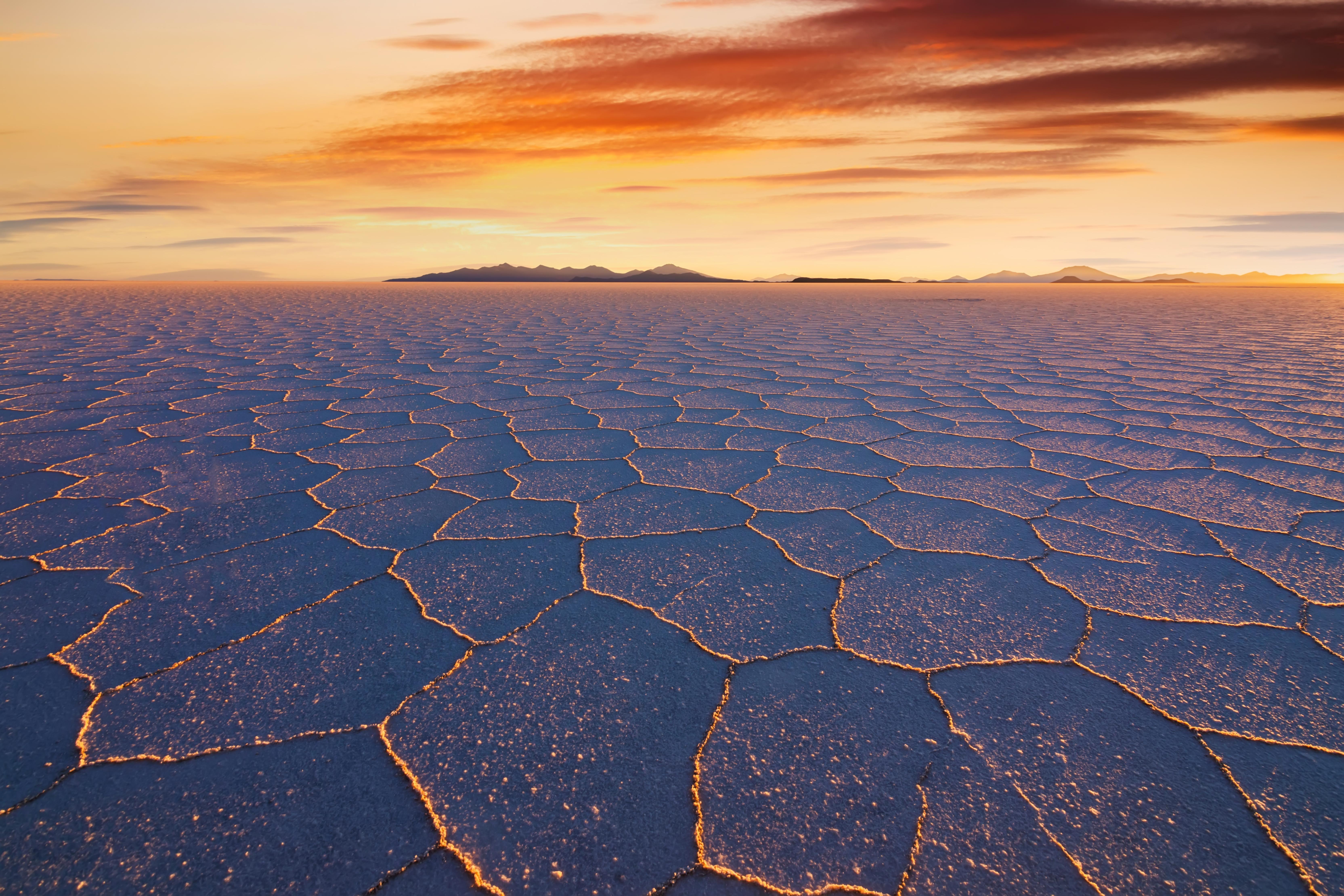
Our journey through these 13 alien landscapes proves one thing: Earth doesn’t just mirror other planets—it rivals them. From molten craters to mirror-flat salt flats, these surreal locations challenge everything we think we know about our planet. They spark imagination, fuel science, and remind us that the extraordinary isn’t light-years away—it’s under our feet. These places don’t just look otherworldly—they are windows into the forces that shaped Earth and may be shaping distant planets too. By seeking out the alien within the familiar, we open ourselves to deeper curiosity, wonder, and respect for the cosmos we’re a part of. So before you dream of space travel, look closer: Earth is already full of galaxies waiting to be explored.

